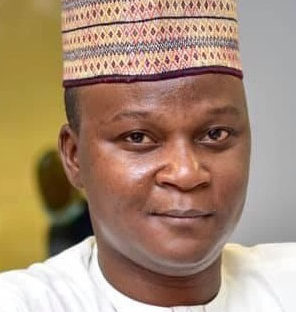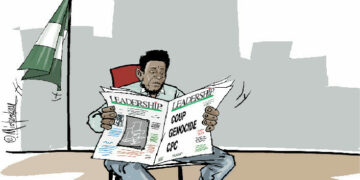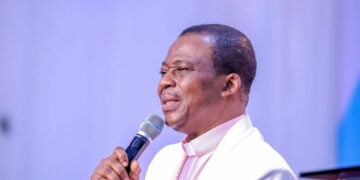After the discovery of daguerreotype image process by Frenchmen Joseph Nicephore Niepce and louis Daguerre on the 19th of August, 1937, the French government bought the patent as a gift to the world. So, the 19th of every August has been observed as World Photography Day and as times went by, the date commemorates professional photographers who either click away as a hobby or professional photographers who earn a living from it.
This year’s theme is: Pandemic Lockdown Through the Lens. It tried to capture or see the events, people and places affected by the Covid-19, telling each story uniquely through the use of photography.
Photography has come a long way and has evolved from the 60s, to 70s and most part of the 80s, where pictures were in black and white and processing a single picture will take days. This tasked the dedication of both the photographers and customers because it took dedication and patience of both of them to snap a single picture. At that time, taking pictures requires buying the right kind of films, protecting them from wrong timing exposure or light, correctly setting them into a camera with the right ISO. Not that alone, the photographers waited to get the right balance of light and sometimes filters before taking photos, without wasting films.
These days technology has taken care of all these chores, starting from the late 90s when the digital photography first became the vogue. Today, everything has been simplified and made affordable, from big cinematic or industrial cameras, to pockets size cameras, including cameras that are as little as the size of a pen but with high resolutions. In addition to their portability, images from modern cameras are ready immediately after they are captured. The versality of modern cameras suggests that little or no training is required to take photos, other than clicking at the shutter. With a small memory card, one could get as much images as he or she wants and also delete and retake as fast as possible.
Now, the most commonly used ‘’snapping’’ device is the mobile phone. It is not just used to take still pictures but videos as well. The social media have enabled this form of photography and has made almost everyone a photographer because people take shots of themselves in selfies and upload on networking sites.
However, this is not to say that there are no longer professional photographers. Far from it. Indeed, photography has metamorphosed from when it was the craft of the barely literate of urban centres. Now photography is a whole field of study, as universities and tertiary institutions around the world are now creating programmes for it. Some professional photographers earn millions owing to their images. The chief official White House Photographer, Pete Souza, during the Obama administration is a well-regarded professional. There is also Benjamin Von Wong, the Canadian photographer who is known for his environmental art and hyper realistic styles. Here in Nigeria, we have Kelechi Amadi, one of the successful creative photographers around, not forgetting Toyin Sokefun Bello, also known as TY Bello, who has inspired a lot of young Nigerians into photography.
Presently, the Public Affairs Department of government ministries have professional photographers attached to them in order to document and tell pleasant stories. Political office holders and public figures now understand the need and power of photography. Most of them now have personal professional photographers among their aides. Even monarchs are not left behind as the Olu of Warri’s activities are being covered by Seun James Taiwo and the urbane Alhaji Muhammadu Sanusi II, the 14th Emir of Kano, has Uthman Maigaskiya who documents his activities.
One big name in the photography space is President Muhammadu Buhari’s photographer, Mr Bayo Omoboriowo, who has been able to stand out with his creative shots and style.
On a personal note, working for Governor Nasir Ahmad El-Rufai in the past six years has really been a great opportunity. My shots are virtually all over the world and my vintage position has not only improved my skills and work ethics but has also expanded my horizon. In addition, the mentoring and capacity building under the Special Adviser on Media and Communication, Mr Muyiwa Adekeye have played a major role in shaping my professional.





